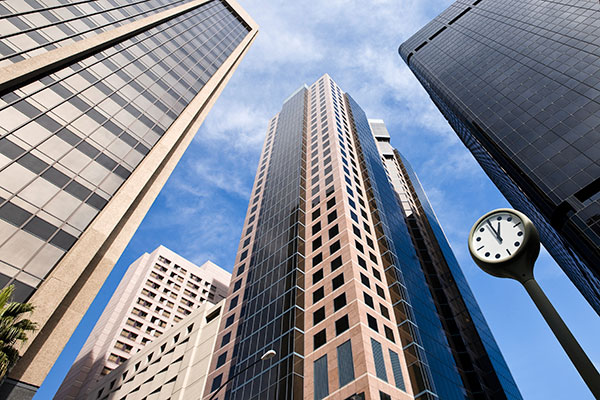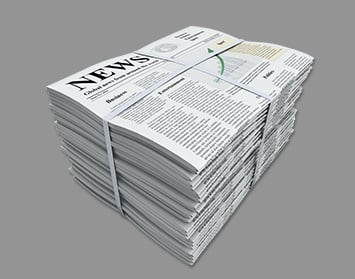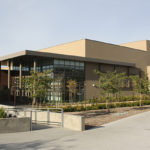A local business paper recently compiled a list of San Diego’s largest buildings as part of a commercial real estate report. Looking at the square footages reported by these marquee high-rises, I was reminded that this is an industry that rarely works to the tenant’s benefit. Thanks to our friends at the Building Owners and Managers Association (BOMA), buildings continue to grow in square footage well after the day they opened for business.
For a quick overview on how this happens, the first thing you need to understand is that the “Rentable” square footage, or the area used to calculate what you pay in rent, is not the square footage of the space you are physically occupying (that is referred to as “Usable” square footage). While BOMA has been providing standards for measuring an office building for over 100 years, things remained fairly consistent until 1996. Up to that point, the adjustment from Usable to Rentable was simply the add-on of common areas only on the floor (common corridors, restrooms, elevator lobby, janitorial closet, etc). There was little room for playing games and the numbers were pretty consistent.
Are you paying too much?Get peace of mind with a complimentary review of your commercial lease and operating expenses from the Hughes Marino Lease Audit team.
Since 1996, BOMA has made it a habit to discover new and creative ways to re-measure all types of commercial buildings. Not surprising, each iteration finds “new” space to allocate to the tenants’ rentable square footage. From the ground floor lobby, to fitness centers, to mail rooms, the industry has found a way to take an “amenity” and make it a revenue source for the landlord.
Since each building is designed differently, the “add-on” or “core” factor used to convert the usable square footage to rentable will vary. As an example, in a building with an add-on factor of 1.20, for every 1,000 usable square feet a tenant occupies, they can expect to pay rent for 1,200 square feet.
Example:
(1,000 Usable Square Feet) x (1.20 Add On Factor) = 1,200 Rentable Square Feet
In general, core factors range from 1.10 to 1.25. Before BOMA reinvented the wheel in 1996, most buildings quoted core factors of 1.15 to 1.20. Today, that range is typically 1.20-1.25.
The bottom line is while the industry will continue to find new square footage, there are measures (no pun intended) a good tenant representative can take during the lease negotiation process to minimize the impact on their client’s bottom line. So before you sign your next lease (or amendment), make sure you have an exclusive tenant representative on your side.










